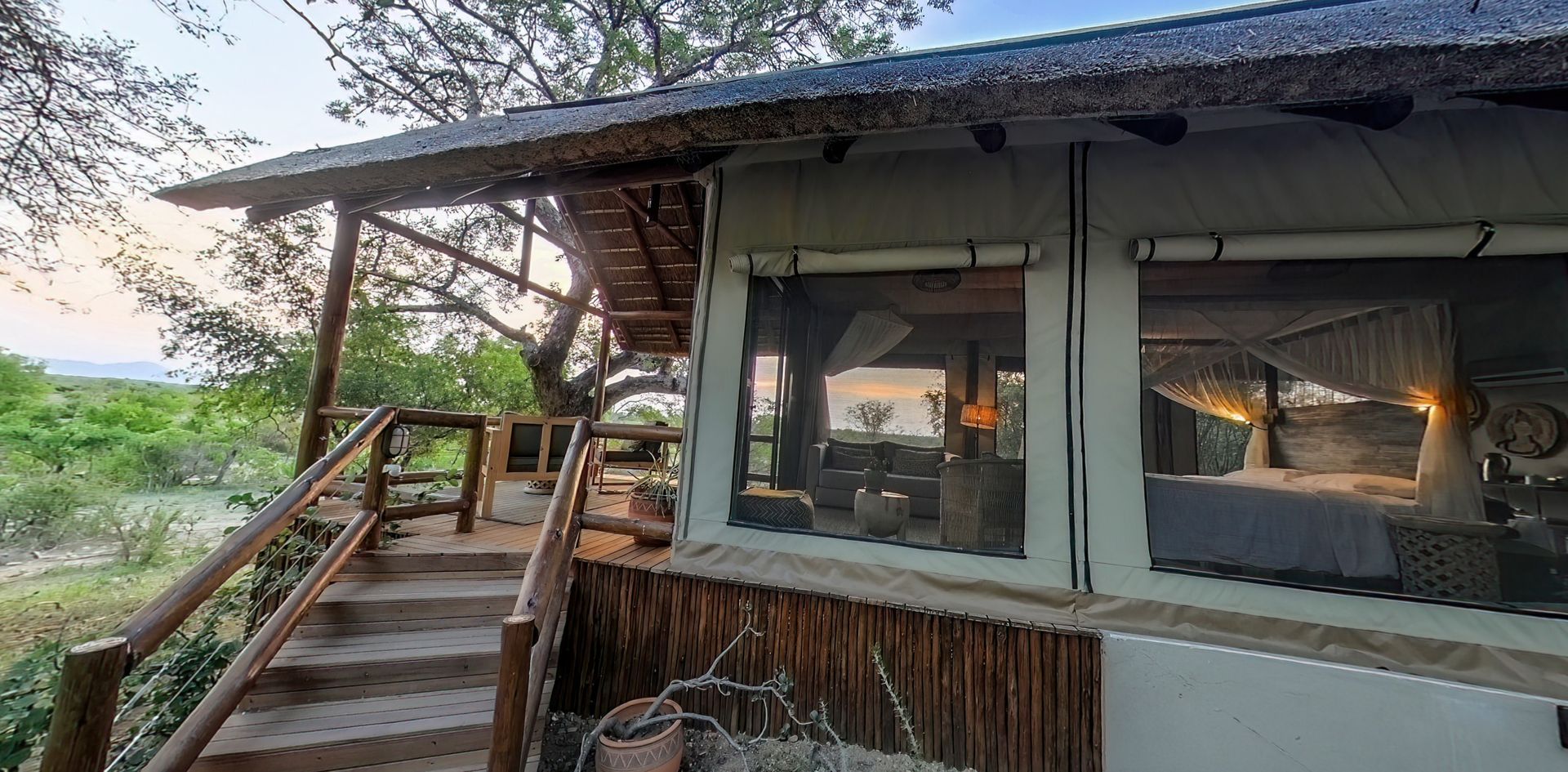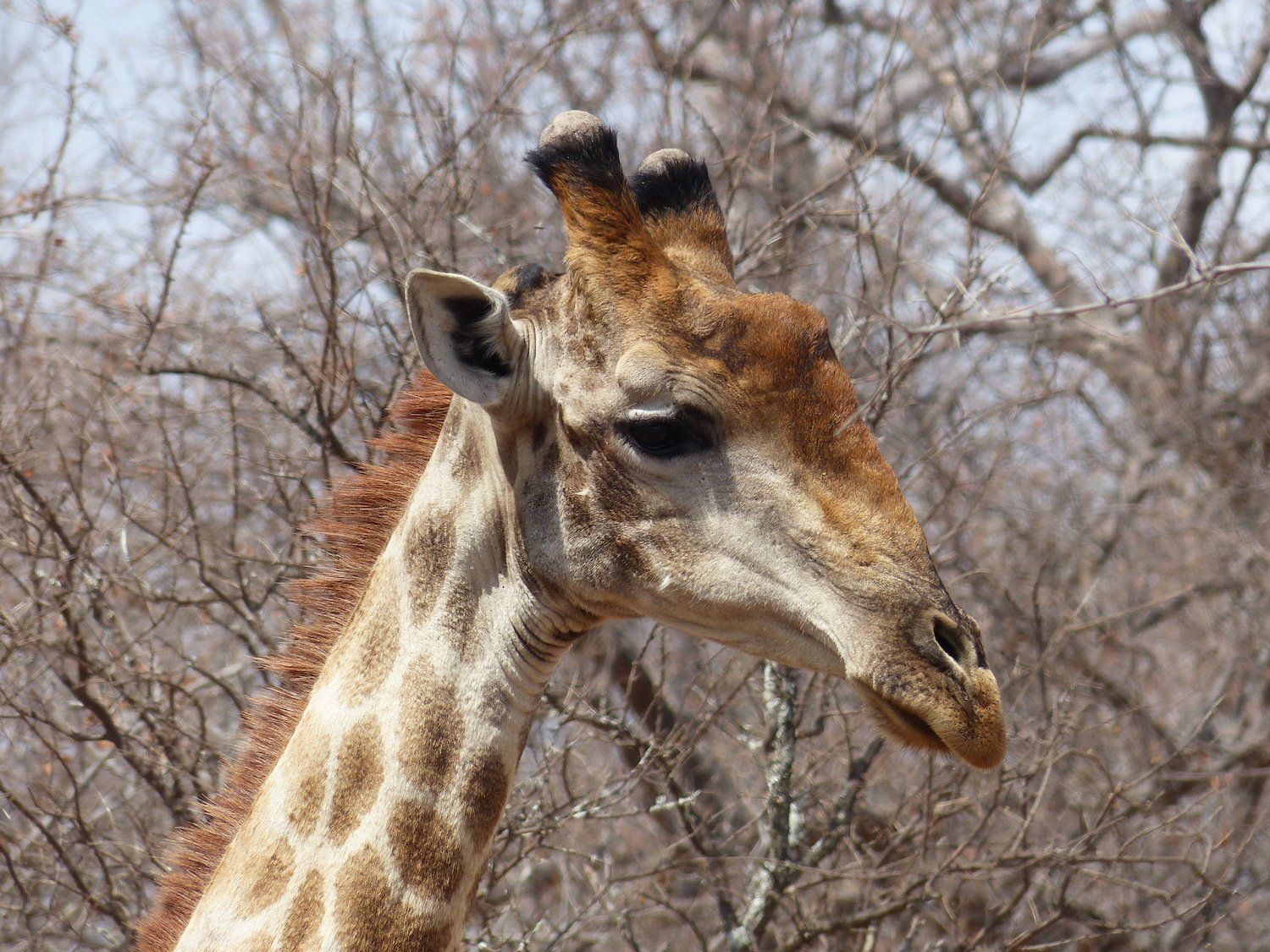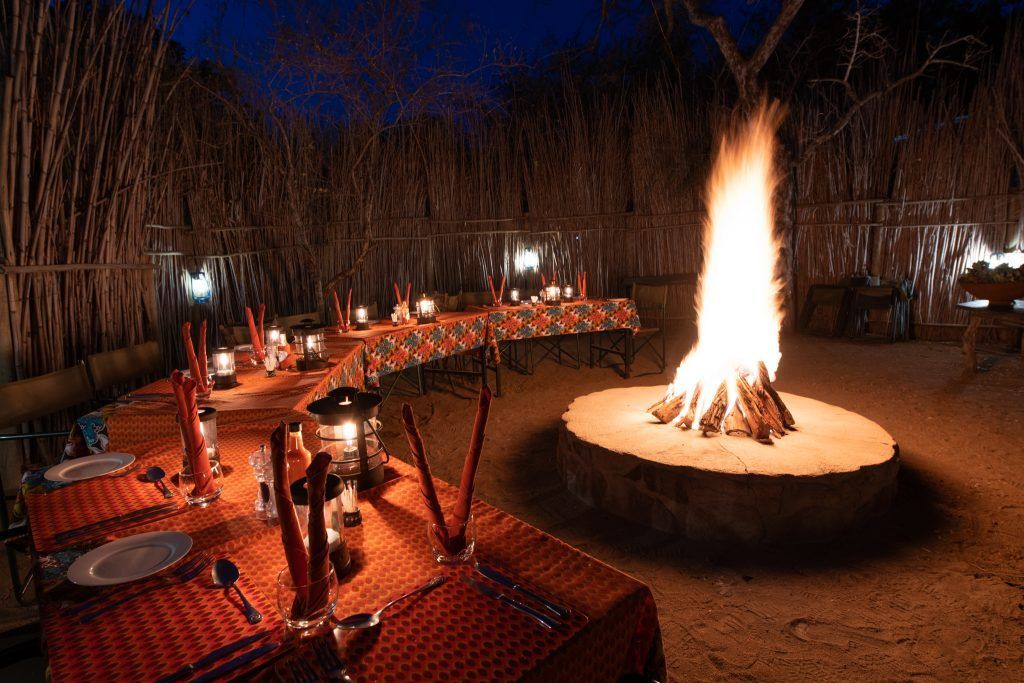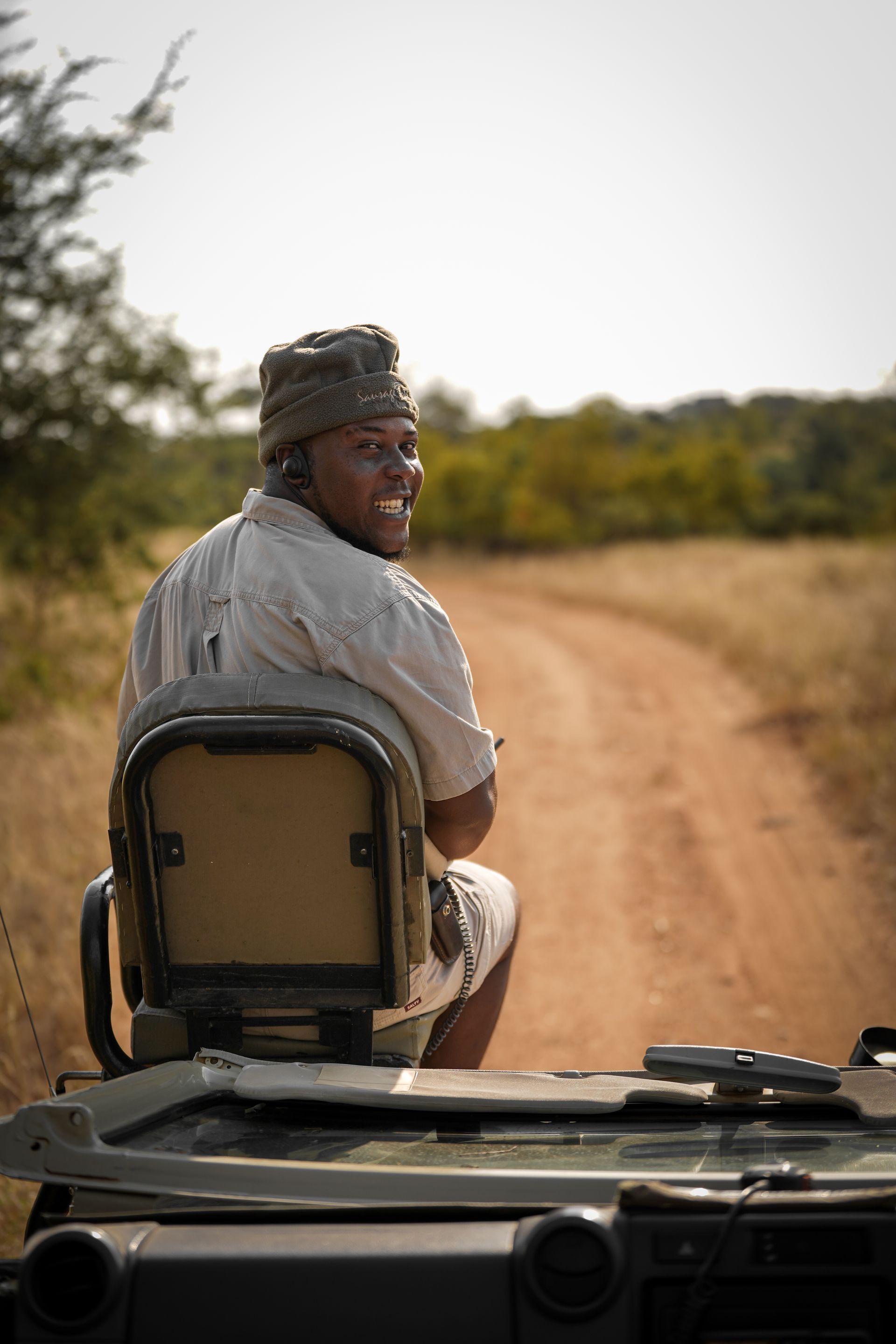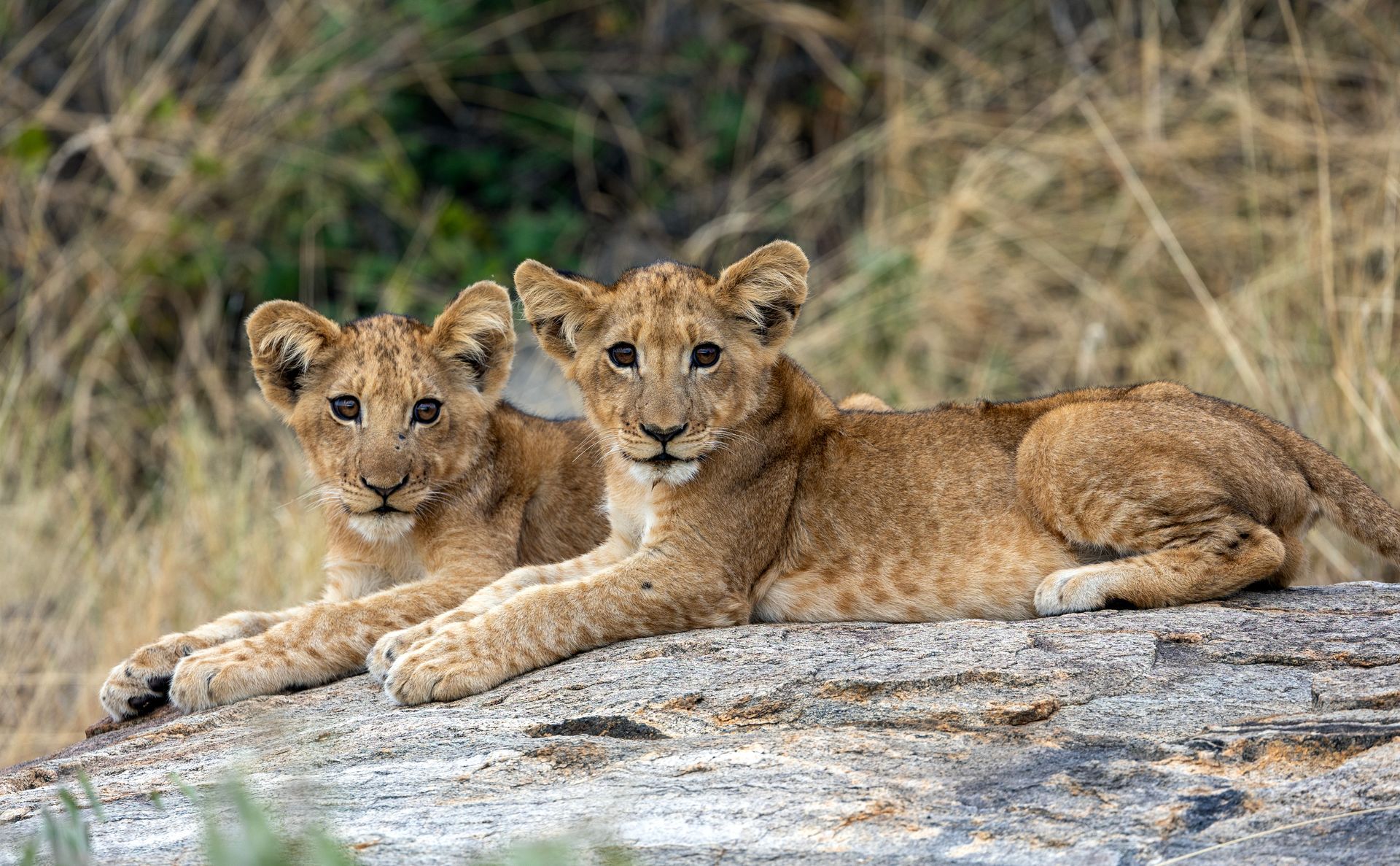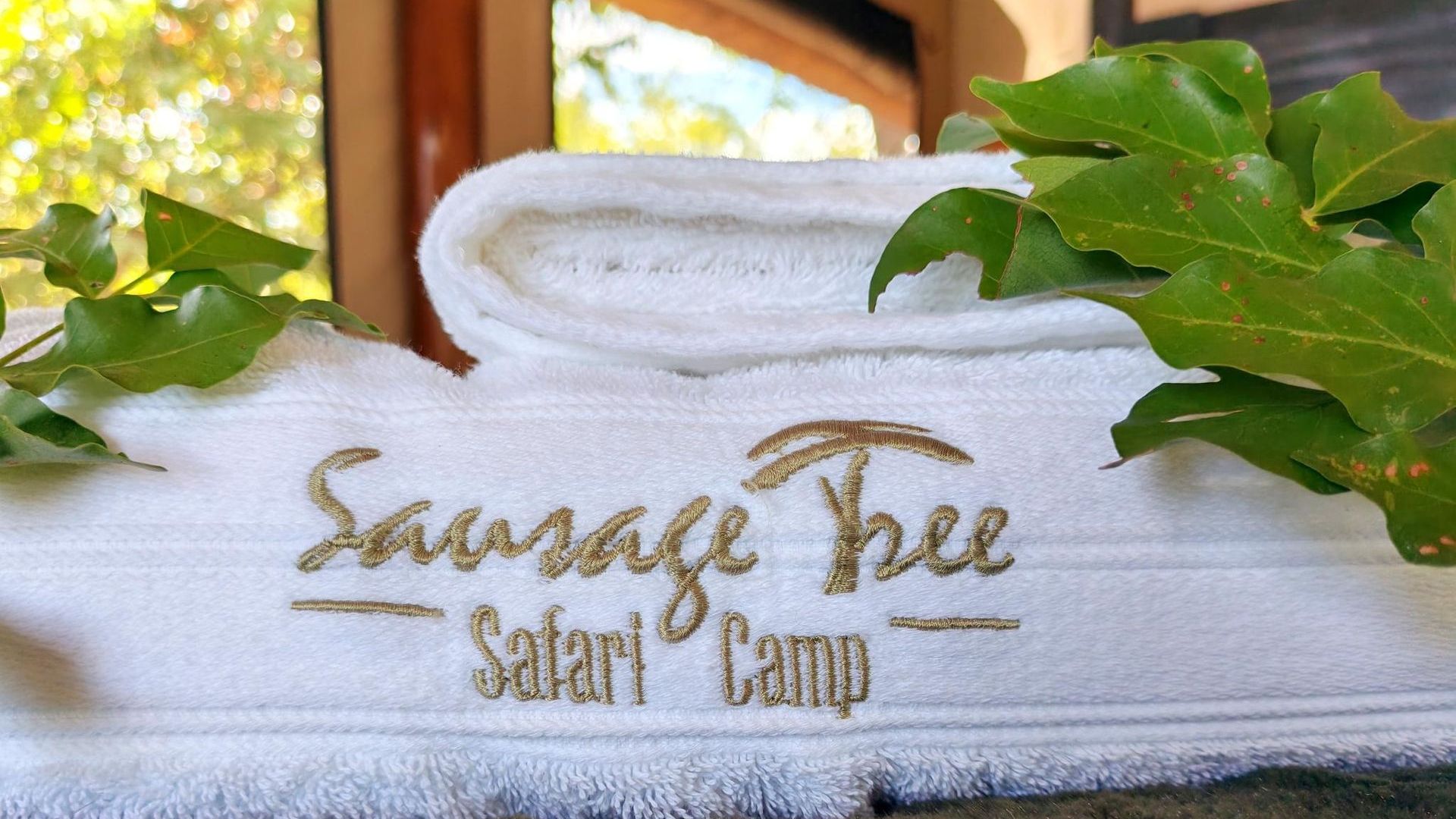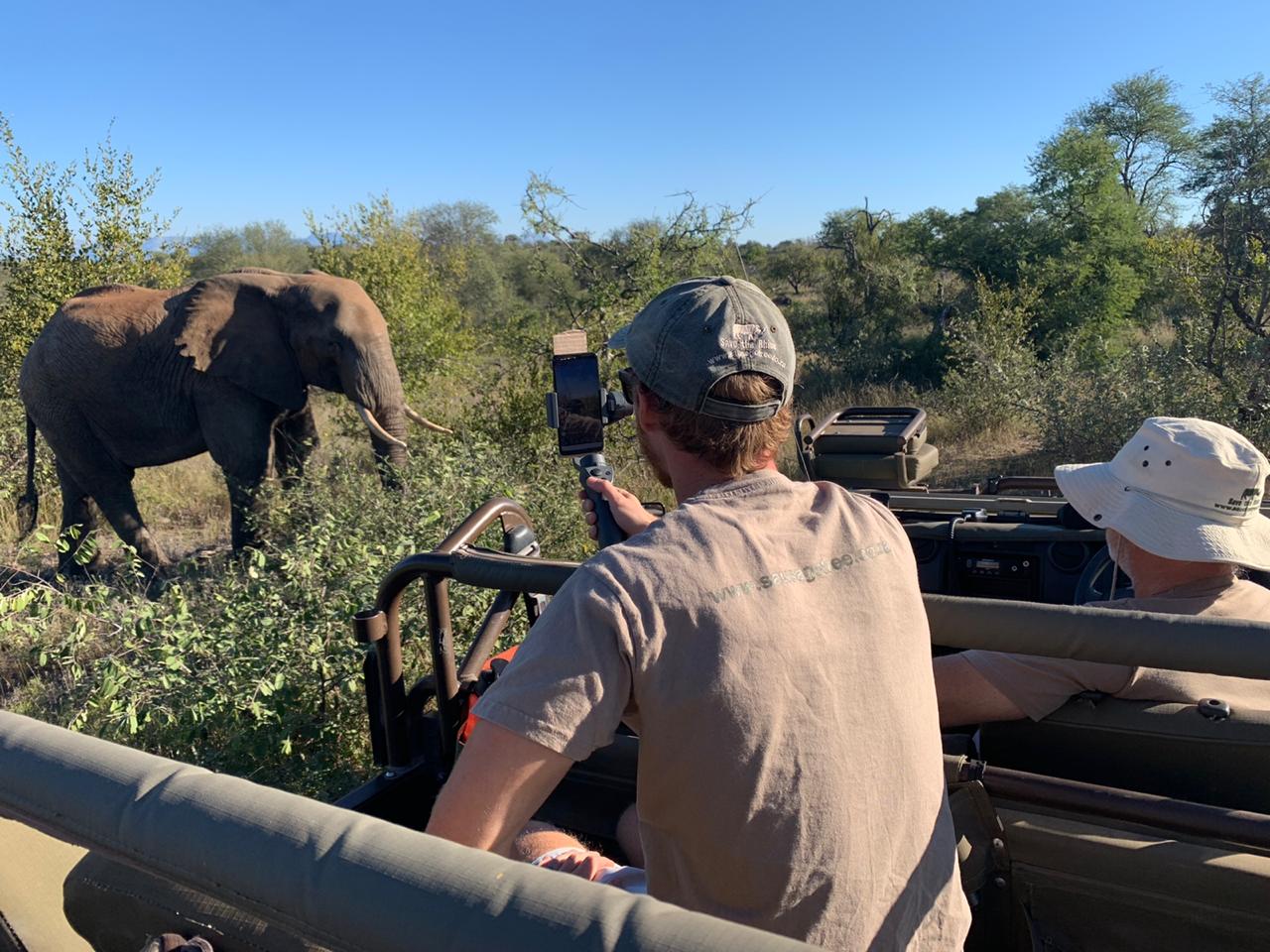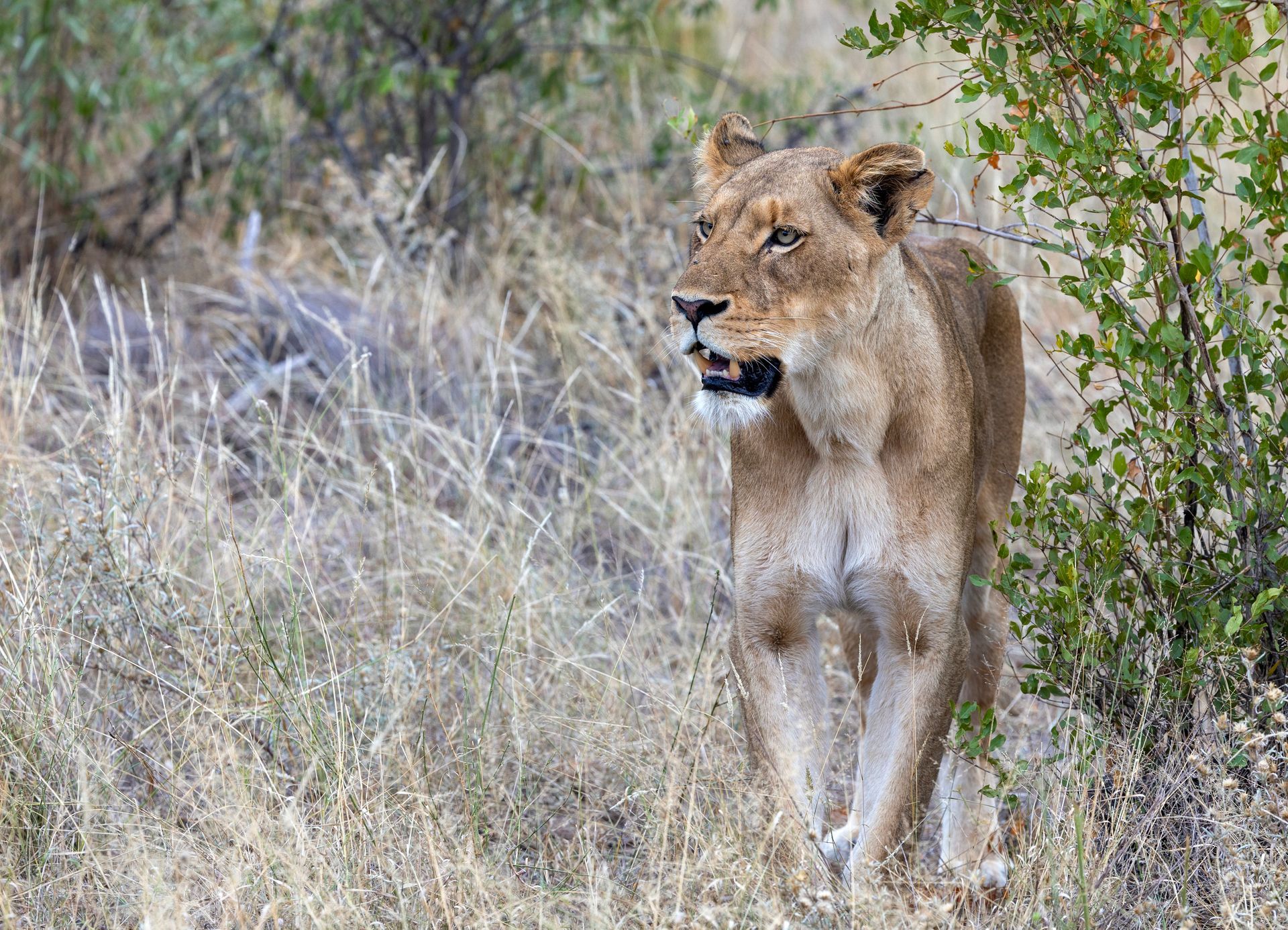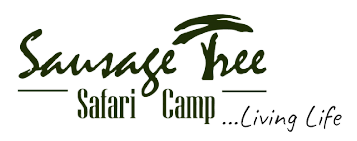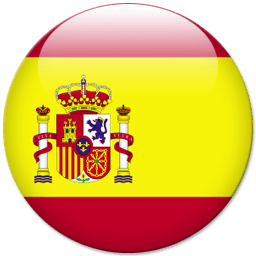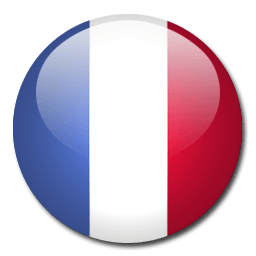The long and tall of it!
They're one of Africa's most iconic animals, beloved by tourists from across the world and carvings of them get carried onto outward-bound planes at Johannesburg's OR Tambo International each each and every day... And yet giraffe numbers across Africa are plummeting with an estimated drop of 40% over the last 30 years to an estimated 97,500 individuals remaining throughout the continent.
Indeed, two of the nine known sub species - the Kordofan and Nubian giraffes - are listed as critically endangered on the International Union for the Conservation of Nature (IUCN) Red List - just one stage away from being declared extinct in the wild. The reticulated, Maasai, Thornicrofts and West African sub species are also listed as either endangered or vulnerable by the IUCN.
Habitat loss, human-wildlife conflict, civil unrest and poaching for bush meat, skins and tails are some of the reasons for the giraffe's dramatic decline. It's all very sad when you consider that the giraffe is the tallest terrestrial animal on the planet and the largest ruminant. With its super model looks (long neck and legs), its horn-like ossicones and incomparable coat pattern the giraffe is simply a stunning beast and a firm favourite of our guests here at Sausage Tree Safari Camp and across the Balule Private Nature Reserve.
It's closest living relative is the equally strange okapi and although that neck is super-long, it has the same number of cervical vertebrae in it as other mammals - seven. However, those vertebrae are up to 28cm long! They need the length to browse on the uppermost branches of trees, their favoured food being the leaves, fruits and flowers of mostly acacia trees.
They live in groups of related females with their offspring or sometimes form bachelor groups of unrelated bulls. They're social though, and often gather in large numbers. When they're standing still feeding, these groups are known as a "tower". When they're on the move, they're called a "journey".
So how tall does a giraffe actually get? The tallest recorded bull thus far measured 5,88m (19,3 feet) and the tallest female 5,17m (17 feet). Their front and back legs are around the same length but its body is relatively short from front to back. Giraffes have only two gaits - walking and galloping - and when walking they move the front and hind legs on one side together and then the front and hind legs together on the other side. Camels also do this.
The giraffe's ossicones are actually made of ossified cartilage. When they are born, a baby giraffe's ossicones are flattened backwards to avoid damaging the mother's birth canal. As the giraffe grows they become more upright and eventually fuse to the skull. With males the ossicones become thickened and develop bald patches on top (due to constant fighting for dominance) whereas the female giraffe's ossicones remain slender, dainty and fluffy! This is the easiest way to tell male from female at a distance.
Other ossifications on the heads of male giraffes as they grow older add weight to their skull and aid in "necking" - the swinging blows delivered by the heads and necks of combatting males during their constant battle for dominance and mating rights.
The critically endangered Kordofan giraffe has a pronounced and distinctive third ossicone in the middle of its forehead. The reticulated and northern sub species also have this third or median ossicone.
The giraffe is a very taciturn animal which it has always been thought does not make any sounds other than the occasional snort. Many believe that giraffes have no vocal cords but this is untrue. Supposition is that the giraffe cannot move sufficient air over their vocal cords or folds to make them vibrate and produce sounds, but in 2015 scientific researchers discovered that they actually hum, mostly at night, and at very low frequencies (around 92HZ), making the sounds they produce right at the lower end of the human hearing spectrum. If you'd like to hear what a giraffe hum sounds like, click here:
https://soundcloud.com/wired/giraffe-humming
While we still have no idea what this humming is for, the researchers deduce that it's a way for the giraffe to stay in touch during the night without drawing the attention of predators.
Which is probably a good idea as giraffes are one of the favourite prey species of lion, who hunt mostly at night.
